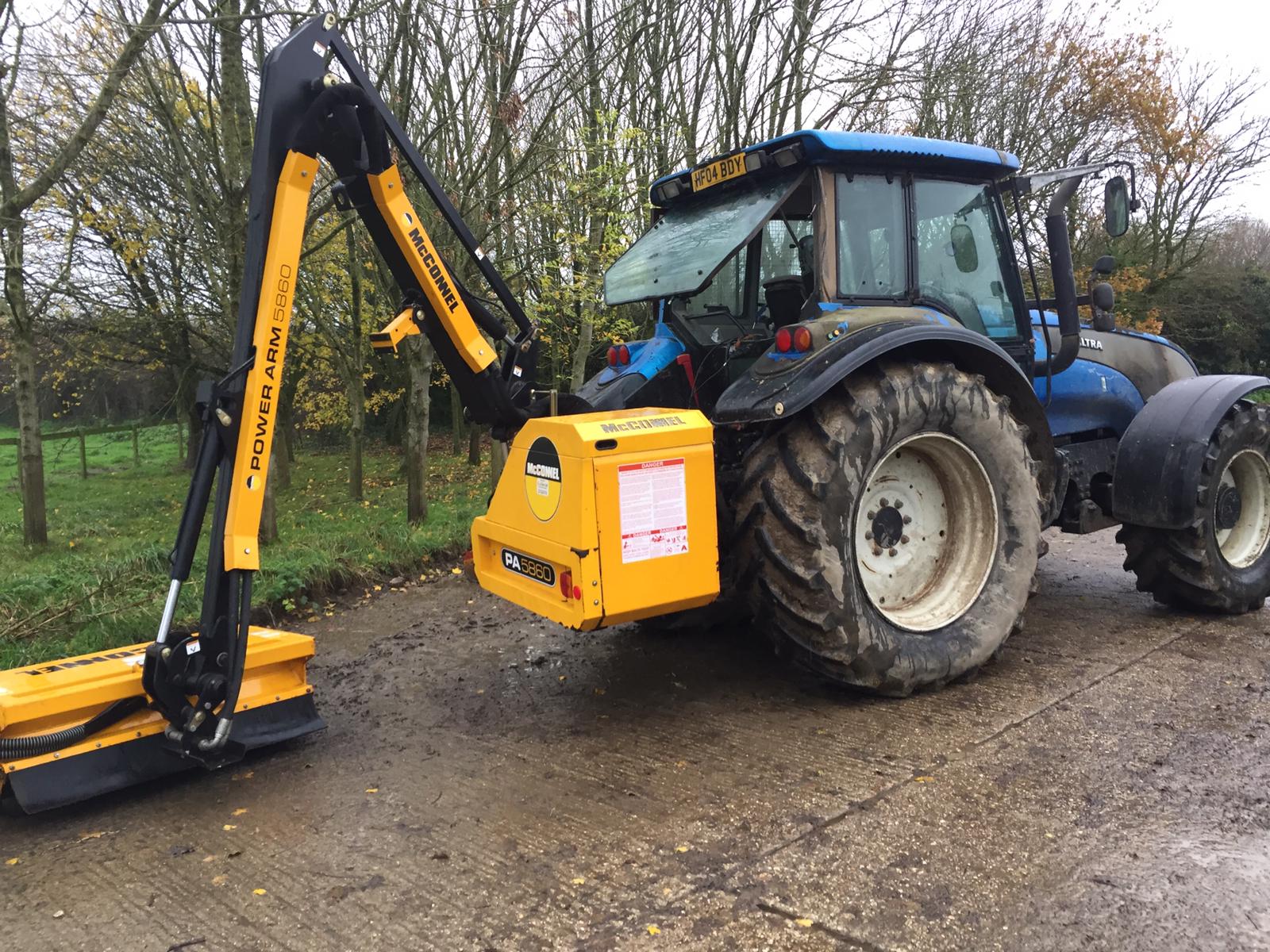After Luke has fed all the cows first thing in the morning, he goes out with the hedge cutter which is mounted on the back of the tractor. The cutting head has lots of flails which is driven by a hydraulic pump which go round at the rate of between 2 – 3k RPM. This means that the hedge is cut nice and clean and encourages better re-growth and is less likely to encourage disease.
“As well as providing food and shelter, hedgerows create vital links across the countryside, helping wildlife to move freely about and keeping populations healthy. They are also good for the landscape and the wider environment, preventing soil erosion, capturing pollutants such as fertilisers and pesticides running off fields, assisting with water regulation, storing carbon to help combat climate change, and providing homes for predators of many pest species, as well as sheltering livestock.” Wildlife Trust
We are not permitted to cut the hedges during the peak bird nesting season which runs from March to September. On our farm we prefer to wait until December and January as it gives the birds a chance to consume all the berries which are a valuable food source during the autumn. Most of the hedges on our farm are cut every 2 years as this increases the quantity of berries when compared to cutting every year.
As part of our HLS (Higher Level Scheme) we have also planted thousands of hedgerow plants by filling gaps in hedges. This makes them grow much thicker and so provides more vital cover producing more berries for the birds during the autumn.


